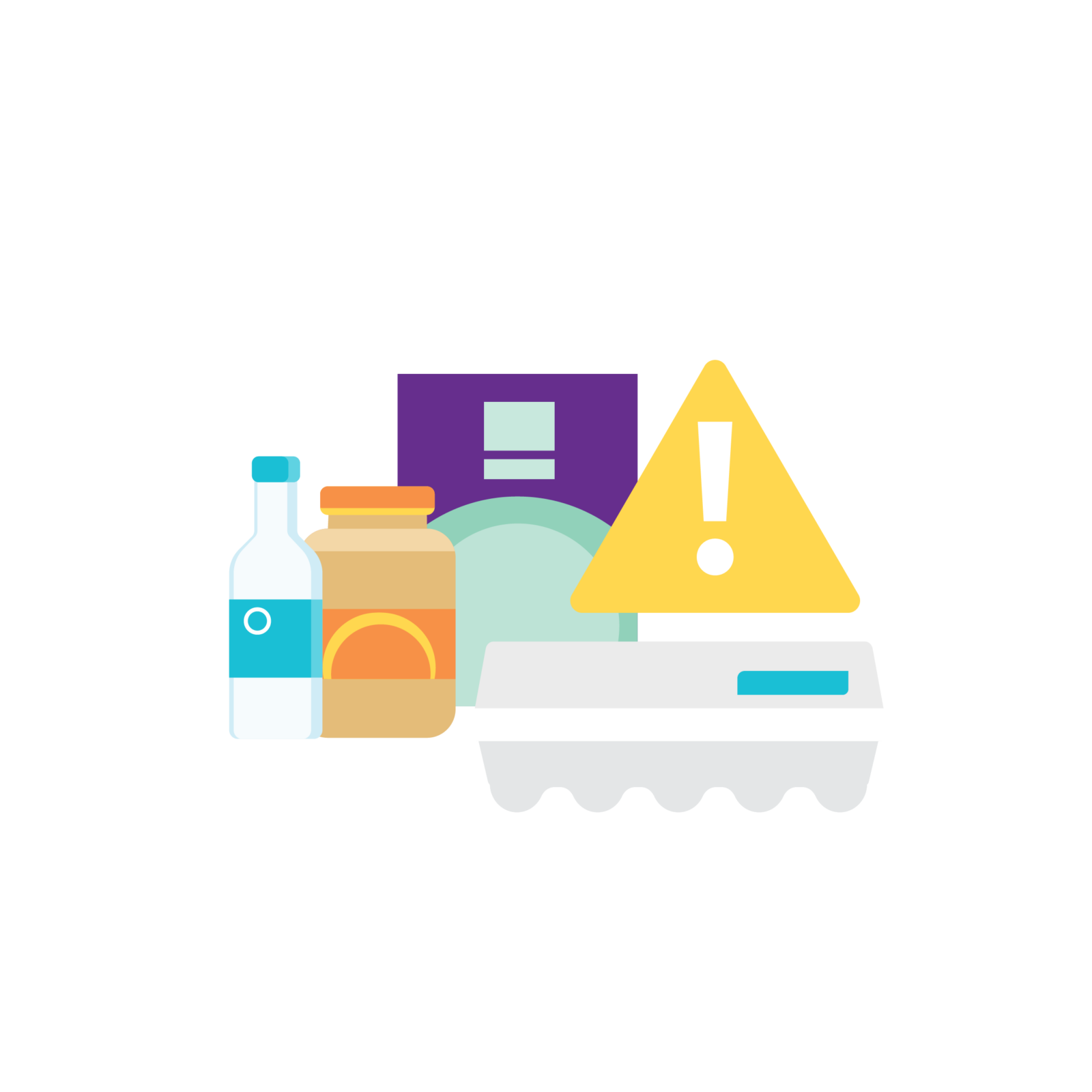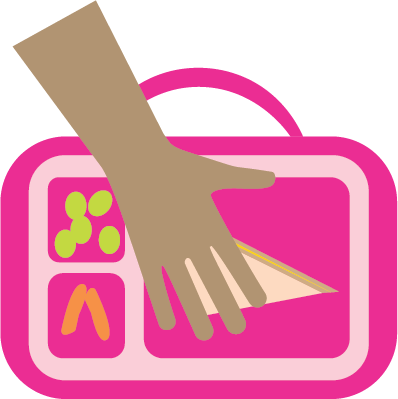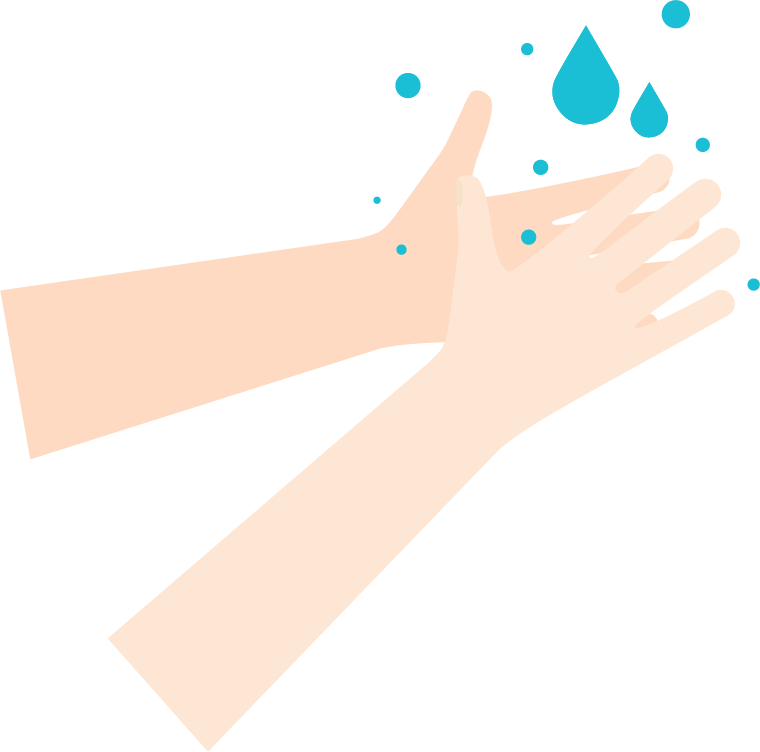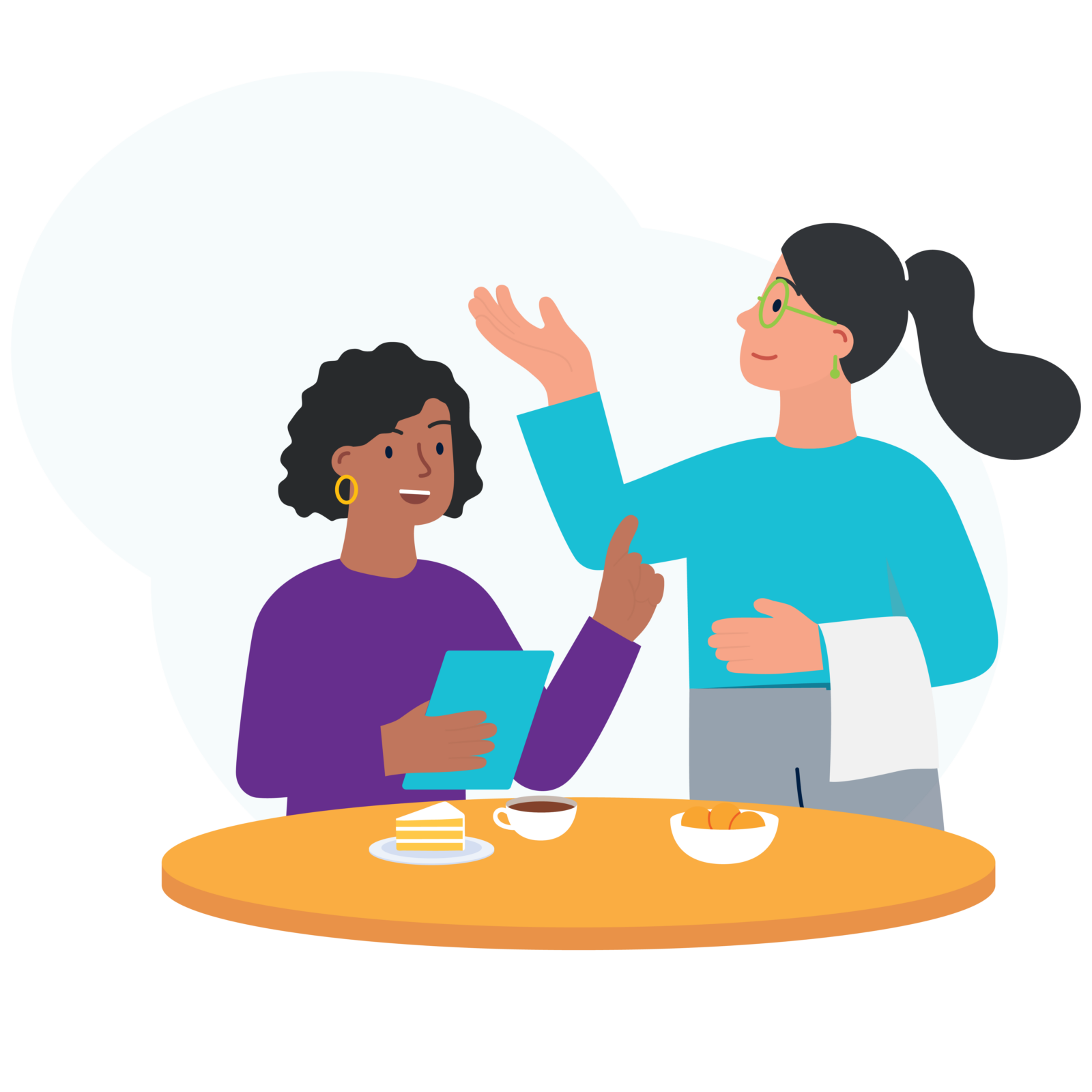Managing food allergies can be hard. Friends and family can help to keep someone with a food allergy safe and healthy by being informed and supportive.
Here are some things that friends and families should know about food allergies:

Know what foods could trigger your friend or family member’s allergic reaction
People can be allergic to any food. The most common foods that cause allergic reactions are milk, egg, peanut, tree nut, sesame, wheat, crustacea, mollusc, fish and soy.
Ask what they are allergic to.

Communication is important
Ask what foods your friend or family member can and can’t have and how they should be prepared.
- Ask whether they are happy for you to prepare their food or whether they would prefer to bring their own food.
- They may like to bring a dish to share but serve themselves first so there is no cross contamination.
- Always read and keep the packets of packaged foods so that your friend or family member can check that it’s OK for them. You can also take photos of ingredients lists and allergy statements if you don’t want to keep the packet.

Prepare food safely
- Consider undertaking free Food Allergy Training.
- Read the label: so that you know what you are getting.
- Look at food labels on a packaged food. Read all the ingredients, not just allergen statements.
- If there is no label when buying a food product, ask the person serving about allergen content and safety during preparation.
- Use unopened packaged foods and wash cooking utensils thoroughly before cooking for a person with food allergy
- The Food Allergy Aware website is a helpful guide to shopping, reading labels, storing and preparing food for someone with food allergies.
- Less is more: Keep recipes simple. Don’t add extra sauces, dips or marinades where possible, and make sure you know exactly what makes up each dish.
- BBQ:
- Remember that marinaded meats may contain allergens.
- Use a sheet of foil or a specially designed BBQ liner to cook food that is for the person with the food allergy.
- Fresh is best: By buying fresh ingredients, you know exactly what it is you are getting. Processed foods often contain many ingredients sourced from several suppliers.
Watch some great videos about how to manage allergens in the home kitchen and how to read food labels.

Don’t share food
Even small amounts of an allergen can cause a reaction.
- To reduce risk, it’s best for people with allergies not to share food.
- Serve the person with allergies first. For example, let them be the first person to take from the dish with a clean spoon. Used spoons from different dishes may cause cross-contamination with the allergen.
- If you are serving finger foods that contain allergens and other finger foods that do not, offer the person with food allergy a plate and encourage them to serve themselves the food they want before others who may use their hands or serving spoons/forks/tongs that could be contaminated with allergens from other foods.
- It’s also a good idea not to share anything that is put into the mouth such as forks, spoons, drinking glasses or bottles.

Wash your hands with soap and water after eating
Washing your hands after you eat is important in case you have eaten something that might cause your friend or family member to have an allergic reaction.
- Use soap and warm water.
- If you don’t have access to a sink, use a hand wipe instead of hand sanitiser because hand sanitisers don’t get rid of food allergens.

Avoiding the triggers is key, but that doesn’t mean people can’t join in
Be sure to include your friends and family members in fun activities just like anyone else!
Ask whether the activity is safe for them and if needed, think of ways you can change the activity so they can join in.
It is important to consider where you choose to eat out, and always ask your friend or family member with food allergies for suggestions of places to eat.
- Seafood restaurants are high risk for people with fish, crustacea and mollusc allergies
- Asian restaurants are high risk for people with peanut and tree nut allergies
- Middle Eastern restaurants are high risk for people with sesame allergies.

Know where the emergency medical kit is kept
Find out where your friend or family member keeps their ASCIA Action Plan and medication, including an adrenaline (epinephrine) device (Anapen® or EpiPen®). The ASCIA Action Plan has clear instructions on what to do in an emergency.
If your friend or family member has an adrenaline device, find out what it looks like and how to use it so you can help if a serious allergic reaction happens.

Be prepared to help
If your friend or family member looks sick or says they are feeling sick, be prepared to help straight away, even if they don’t want you to.
A person having anaphylaxis is not always thinking clearly so do not expect them to manage all by themselves.
